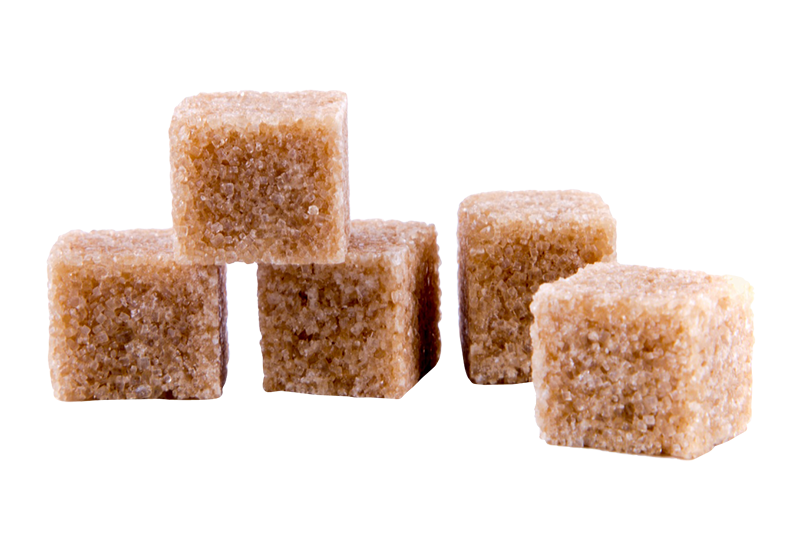Comprehending the Vital Methods and Technologies Employed in Modern Cane Sugar Handling
The evolution of cane sugar processing has been substantially shaped by the assimilation of sophisticated techniques and technologies that address both performance and sustainability. As we explore these important innovations, it ends up being necessary to check out just how they not only enhance manufacturing but also line up with wider industry trends and customer needs, increasing concerns regarding the future of sugar processing and its implications for worldwide markets.
Historic Context of Walking Stick Sugar Processing
The historical context of cane sugar processing reveals a rich tapestry of farming development and social exchange that has actually shaped its growth over centuries. The procedure of removing and improving sugar acquired momentum in India, where approaches for formation were developed around the 6th century.

Advanced Extraction Methods
Effectiveness in cane sugar removal has actually seen substantial innovations, driven by the need for higher returns and reduced manufacturing expenses. This strategy not only boosts sugar yield however additionally reduces the energy needed for handling.
In addition, the adoption of membrane layer filtering modern technologies, such as nanofiltration and turn around osmosis, has actually revolutionized the separation of sugar from pollutants. These approaches enable the discerning permeation of sugar particles while retaining larger impurities, streamlining the removal process and lessening waste.
Additionally, the assimilation of continual removal systems has actually brought about boosted functional efficiency. Cane Sugar Processing. These systems keep a consistent flow of walking stick material, making certain ideal extraction problems and lowering downtime connected with set handling
Cutting-edge Refining Technologies
Refining strategies in walking stick sugar processing have gone through a transformative change, driven by the demand for greater purity and boosted product quality. Among the most remarkable technologies is the fostering of membrane layer filtering modern technologies, such as ultrafiltration and nanofiltration. These processes successfully remove pollutants and colorants without the requirement for substantial chemical therapies, thereby protecting the sugar's natural taste and improving its allure.
One more considerable innovation is the use of ion exchange materials, which permit for discerning removal of unwanted ions from sugar services. This innovation not just increases the general pureness of the end product but also adds to minimized waste and ecological influence.
Moreover, improvements in adsorption strategies, utilizing triggered carbon and other advanced materials, have confirmed effective in decolorizing sugar solutions while maintaining optimal high quality. The assimilation of these cutting-edge refining technologies ensures that suppliers can produce refined sugar with remarkable quality and taste, fulfilling the advancing preferences of consumers.
Automation and Control Equipment
Recent improvements in refining innovations have actually led the way for considerable renovations in automation and control systems within cane sugar handling centers. These systems utilize innovative software application and hardware to boost functional effectiveness, reduce human error, and make certain constant product quality.
Modern automation integrates various elements, including sensing units, actuators, and programmable reasoning controllers (PLCs), making it possible for real-time surveillance and control of essential procedures. For example, stress, temperature level, and flow prices can be precisely regulated throughout removal, clarification, and formation phases, maximizing efficiency and lessening waste.
Moreover, advanced information analytics and maker knowing algorithms play a pivotal function in predictive upkeep, permitting operators to expect equipment failures before they occur. This aggressive technique not just decreases downtime yet also expands the lifespan of equipment.
In enhancement, automation helps with the application of helpful site Market 4.0 concepts, equipping sugar mills to accomplish greater connection and data exchange across procedures. Therefore, decision-making becomes more enlightened and dexterous, inevitably boosting the overall competitiveness of walking stick sugar manufacturing. With these improvements, the sector is well-positioned to meet growing worldwide needs while maintaining functional quality.
Sustainability Practices in Sugar Manufacturing
Sustainability methods in sugar manufacturing have actually come to be significantly necessary as the sector seeks to stabilize economic stability with ecological duty. As customer recognition grows concerning the environmental influences of farming practices, sugar manufacturers are adopting cutting-edge approaches to decrease their environmental footprint.
One considerable technique is the application of accuracy agriculture strategies, which make use of data analytics to enhance source usage, such as water and fertilizers. This minimizes waste and lessens the effect on local ecological communities. Furthermore, numerous manufacturers are transitioning to renewable resource sources, such as biomass from sugarcane results, to power their procedures, therefore reducing reliance on nonrenewable fuel sources.
Water administration techniques are additionally crucial; rainwater harvesting and reliable irrigation systems assist mitigate water scarcity concerns. Cane Sugar Processing. Additionally, integrated pest administration approaches reduce chemical use, advertising biodiversity and soil health
Corporate social duty efforts are arising, with companies spending in local neighborhoods and making sure fair labor methods. By welcoming these sustainability practices, the sugar industry not just enhances its credibility but additionally adds to a more lasting agricultural landscape, leading the way for future generations.

Final Thought
In summary, modern-day walking stick sugar processing includes a range of sophisticated methods and modern technologies that considerably enhance effectiveness, sustainability, and yield. Collectively, these improvements place the walking cane sugar market to meet contemporary needs while dealing with vital global difficulties.
The development of cane sugar processing has actually been dramatically formed by the combination of innovative strategies and technologies that deal with both efficiency and sustainability.The historical context of walking cane sugar processing reveals a rich tapestry of farming development and cultural exchange Resources that has formed its advancement over centuries. Technologies in milling and refining emerged, laying the groundwork for modern-day walking cane sugar processing.Refining techniques in cane sugar handling have undergone a transformative shift, driven by the demand for greater pureness and visit this web-site enhanced item quality.In recap, modern walking stick sugar handling incorporates an array of innovative methods and innovations that considerably enhance sustainability, yield, and efficiency.